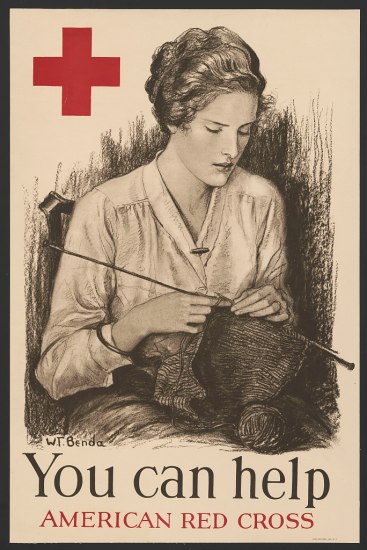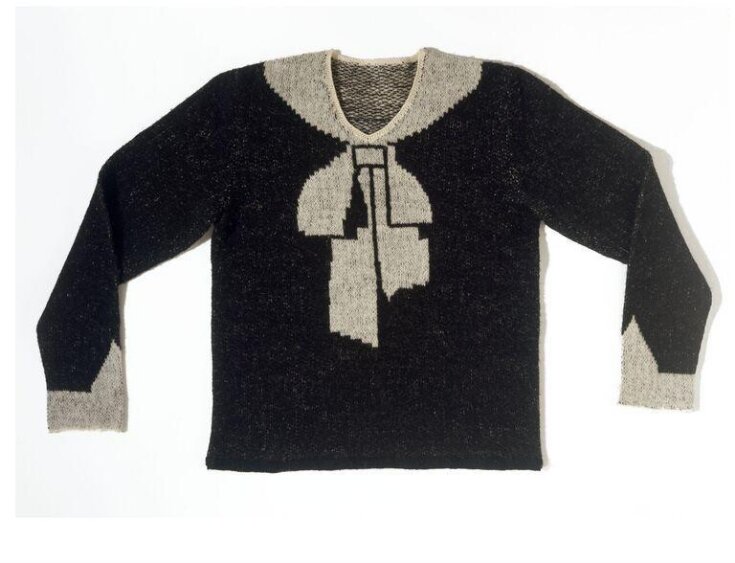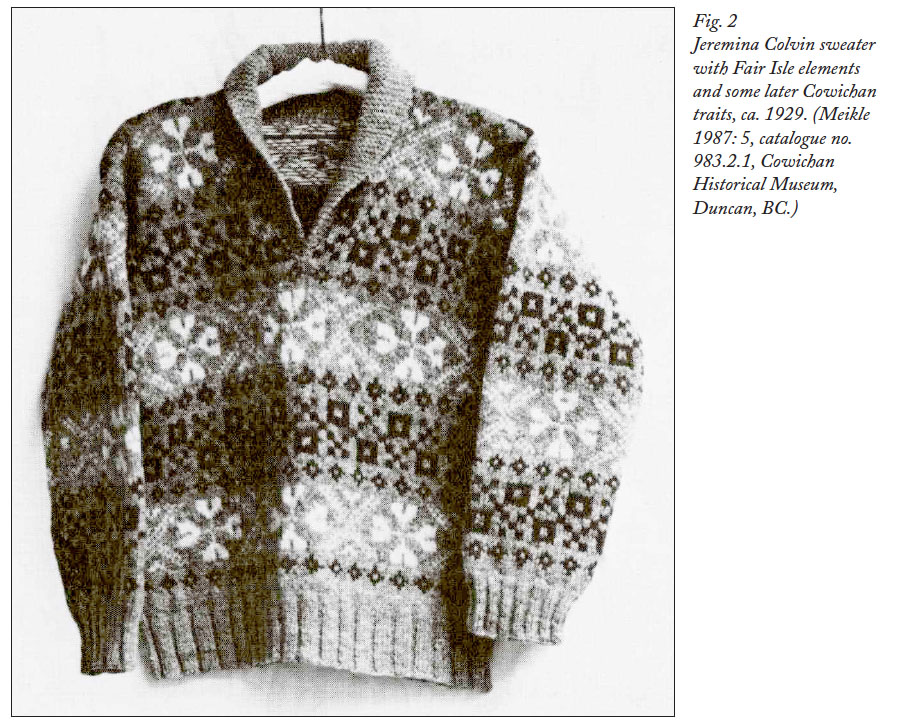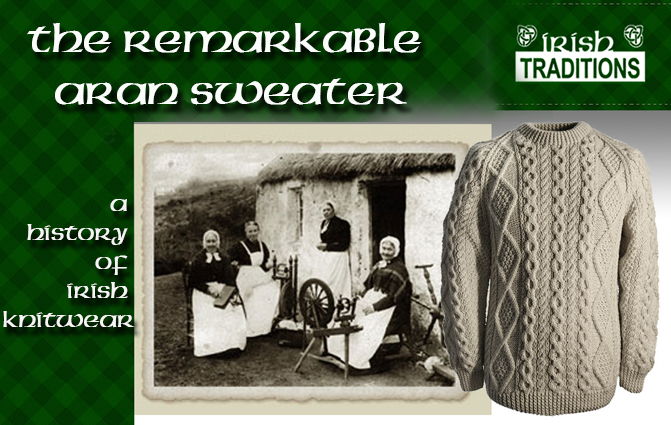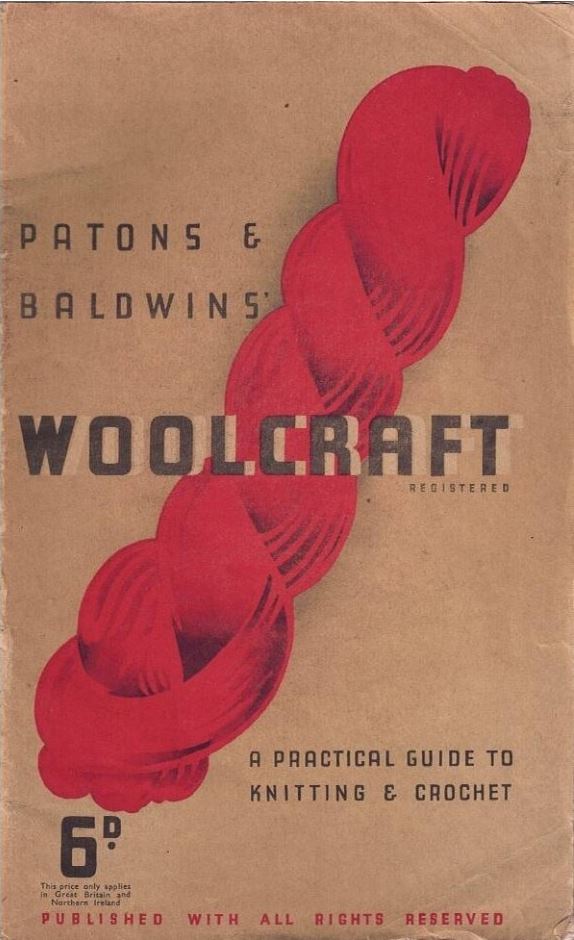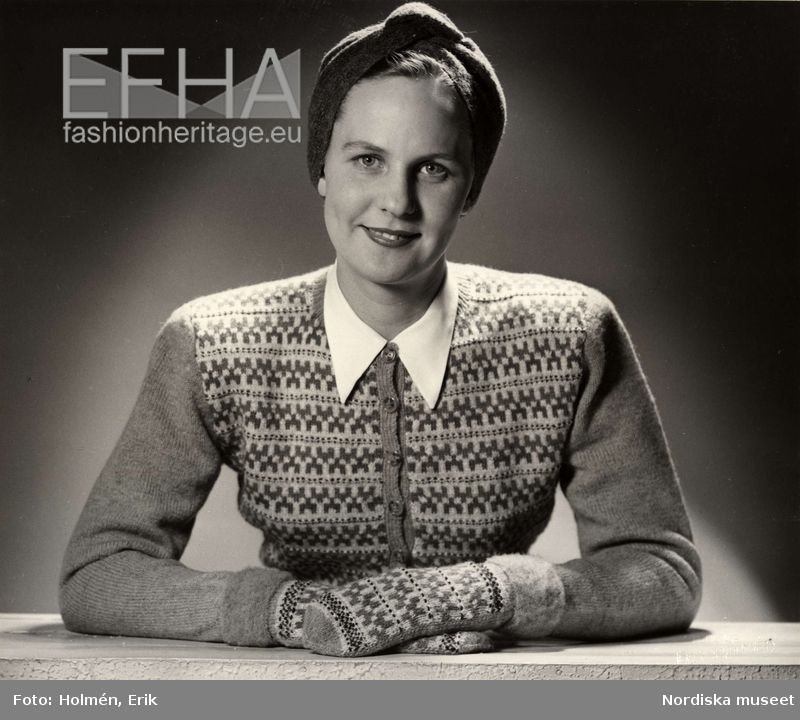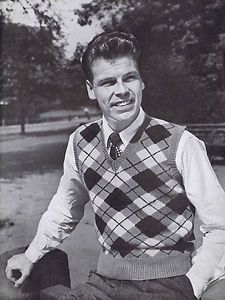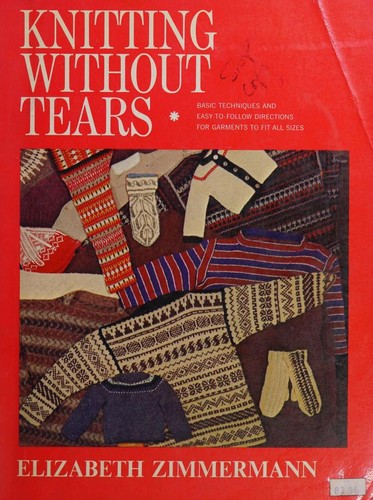This is the fifth and final post in a series on the origins of and developments in hand knitting
The 20th century saw patriotic knitting in times of war, patterns published for mass use, and designs and techniques making their way into knitting cultures from one country to another and around the world. In England and the U.S. in particular, knitters took to their needles with passion to supply troops on the front lines in WWI and WWII with hand knit items from socks to vests, sweaters, and other handmade comforts. This effort extended to aid the civilians of war-devastated countries as well.
Between the wars, knitters turned their attention to sweaters, or jumpers – depending on which side of the Atlantic they lived. There was a jumper craze in 1920s England, and during that decade major fashion designers including Chanel and Schiaparelli made significant use of knitted fabric. By the 1930s in the U.S. enthusiasm had reached a point that there were reportedly 10 million knitters in the country.
In other parts of the world, knitters were establishing traditions with their unique techniques and styles. On Fair Isle, knitters began to focus on ganseys in the early 1900s. By 1910, the Fair Isle technique had influenced Cowichan knitting in North America. The 1920s saw the popularity of Fair Isle sweaters rise when the Prince of Wales wore his to promote the knitting and wool industries.
The Aran sweater, a version of the fisherman’s sweater appeared in Ireland in the 1930s, and there were many myths surrounding its heritage. Iceland’s new color-worked Lopi sweater dates to the 1950s.
Patterns for knitted adult wear appeared in Edwardian England, and later, between the wars, Woolcraft booklets, featuring well-written instructions on basic techniques and garment patterns, were popular.
Norway’s first pattern book, considered a knitting bible of traditional patterns, was published in 1927. A bit more than a decade later, the Bohus Stickning Cooperative was founded in Sweden, marking the beginning of 30 years of sweater designs with patterned yokes and folk motifs that differed from other Scandinavian knitting traditions.
In the Asia Pacific region, Japanese women knit socks and underwear to send to the soldiers on the front lines, whereas in China there was no real hand knitting tradition until after WWII. Pattern books in China tended to follow the Japanese format, with a preference for diagrams rather than written instructions. Australia in the 1930s saw the introduction of highly popular mass-produced, inexpensive pattern books.
Back in the U.S. in the 1940s and 50s, hand knit sweaters became a staple of college campus wardrobes for both women and men. Argyle patterns from Scotland had taken hold as well. Men’s argyle socks, argyle-patterned neckwear, and argyle-patterned sweaters became a major fad in the 1940s and 50s, and the pattern was also adopted in garments for women.
In the 1960s and 70s a back-to-nature movement heightened interest in natural fibers and crafts. Non-natural fibers came on the market as well, appealing to busy knitters who appreciated the ease of care.
During the 1970s, 3 women published books on knitting that would prove influential for decades to come. Barbara Walker’s treasuries featured collections of stitch patterns from the mid-19th century. Mary Walker Phillips’s book, Creative Knitting: A New Art Form, fostered an interest among knitters in experimenting with color, texture, and design. Elizabeth Zimmermann wrote Knitting Without Tears, filled with practical advice for knitters, and the author is considered a top influencer in the craft.
By the 1980s twice as many American women were working outside the home as in the 1960s, and knitting projects often were selected based on this decreased amount of free time. Weekend projects using large needles and bulky yarn became popular, for example.
At the same time, knitting clubs and guilds proliferated, and though knitters continued to seek out new designs and methods, the organizations helped preserve the best of an earlier culture, keeping guard over traditional techniques, styles, and patterns.
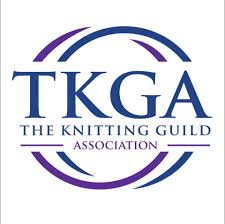
U.S., dedicated to the support and education of knitters: tkga.org
By the end of the century the Internet had made it possible for knitters from around the world to share ideas, information, and patterns: Ravelry.com is an example of such a site. Materials from many countries also became more readily available to knitters everywhere.
I have a wide variety of patterns on Ravelry that can be accessed at https://www.ravelry.com/designers/michael-harrigan
This is the end of this series. Thank you for reading.
Sources
Buss, Katharina. Big Book of Knitting. New York: Sterling Publishing Co., Inc., 2001.
Coleman, Ava T. “How It All Began.” TKGA.com. Cast On August-October 2008: 12-13. 28 August 2016 https://tkga.site-ym.com/global_engine/download.asp?fileid=AC65D860-440E-4B58-B61D-5AA5D4FE9577&ext=pdf
Forte, Mary. “Fair Isle: A Quick History.” TKGA.com. Cast On February-April 2009: 10-11. 28 August 2016 https://tkga.site-ym.com/global_engine/download.asp?fileid=C803C6CC-8258-4801-AB91-8F38219A1AF7&ext=pdf
Gibson-Roberts, Priscilla A., and Deborah Robson. Knitting in the Old Way: Designs & Techniques from Ethnic Sweaters. Fort Collins, CO: Nomad, 2004.
Macdonald, Anne L. No Idle Hands: the Social History of American Knitting. New York: Ballantine, 1988.
Nargi, Lela. Knitting around the World: A Multistranded History of a Time-honored Tradition. Minneapolis: Voyageur, 2011.
Rutt, Richard. A History of Hand Knitting. London: B. T. Batsford Ltd, 1987.
